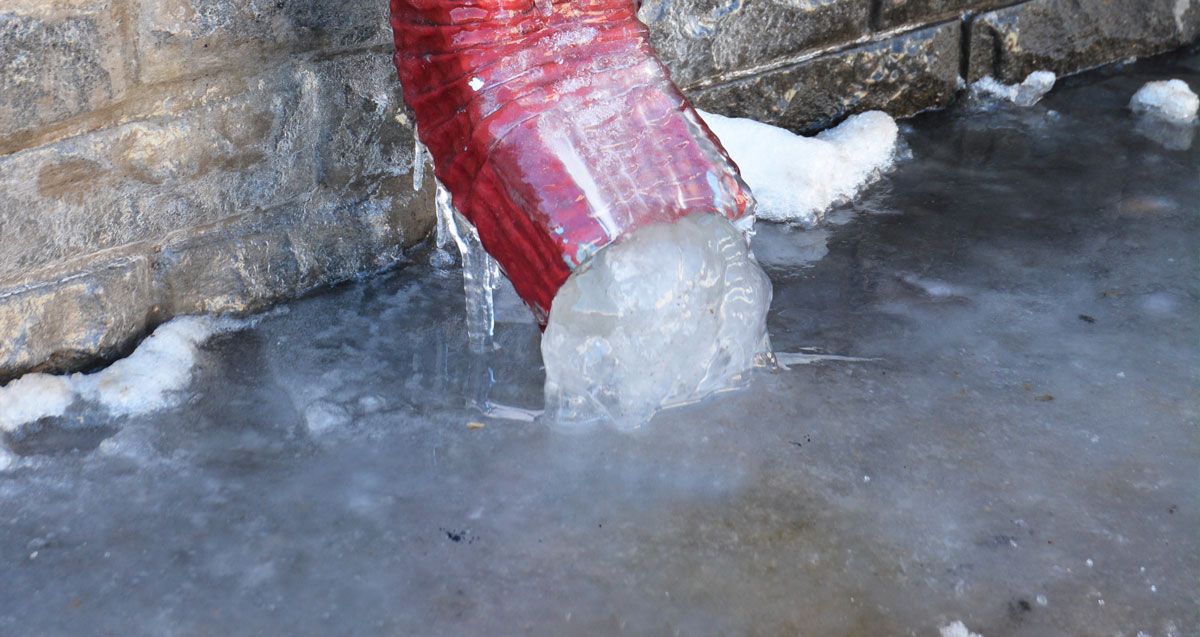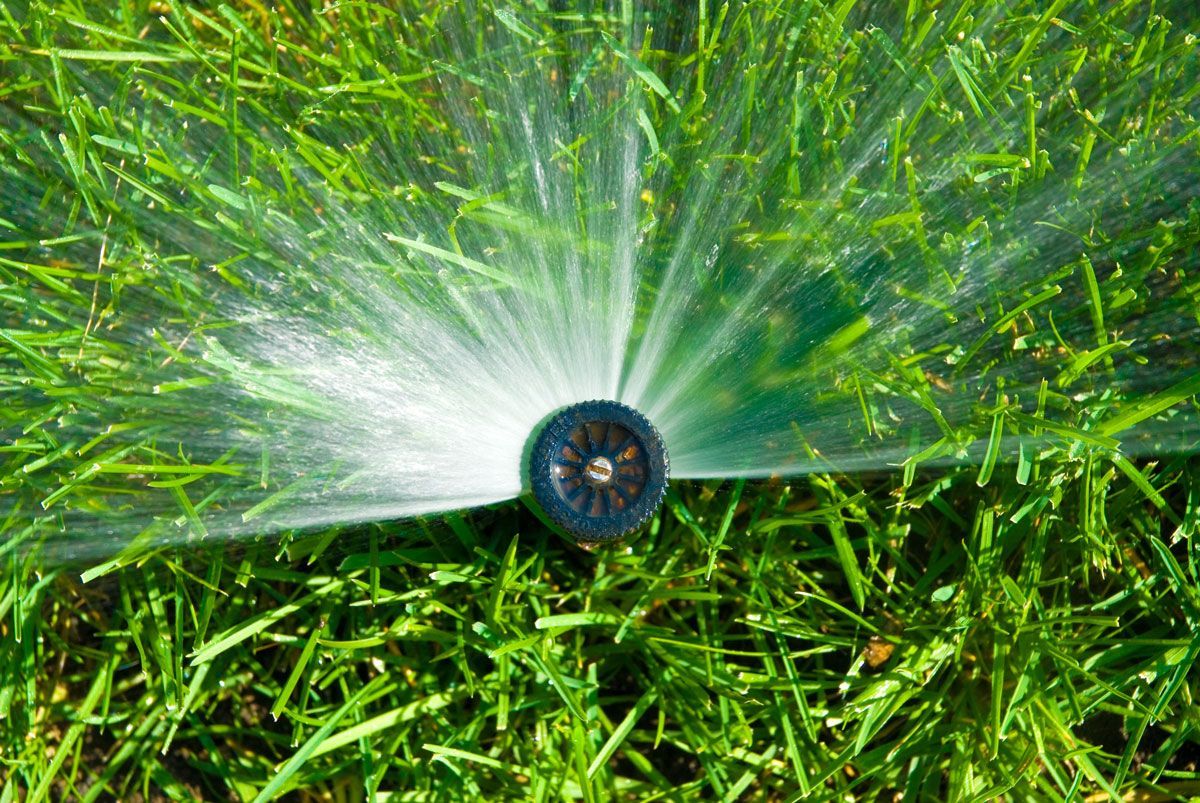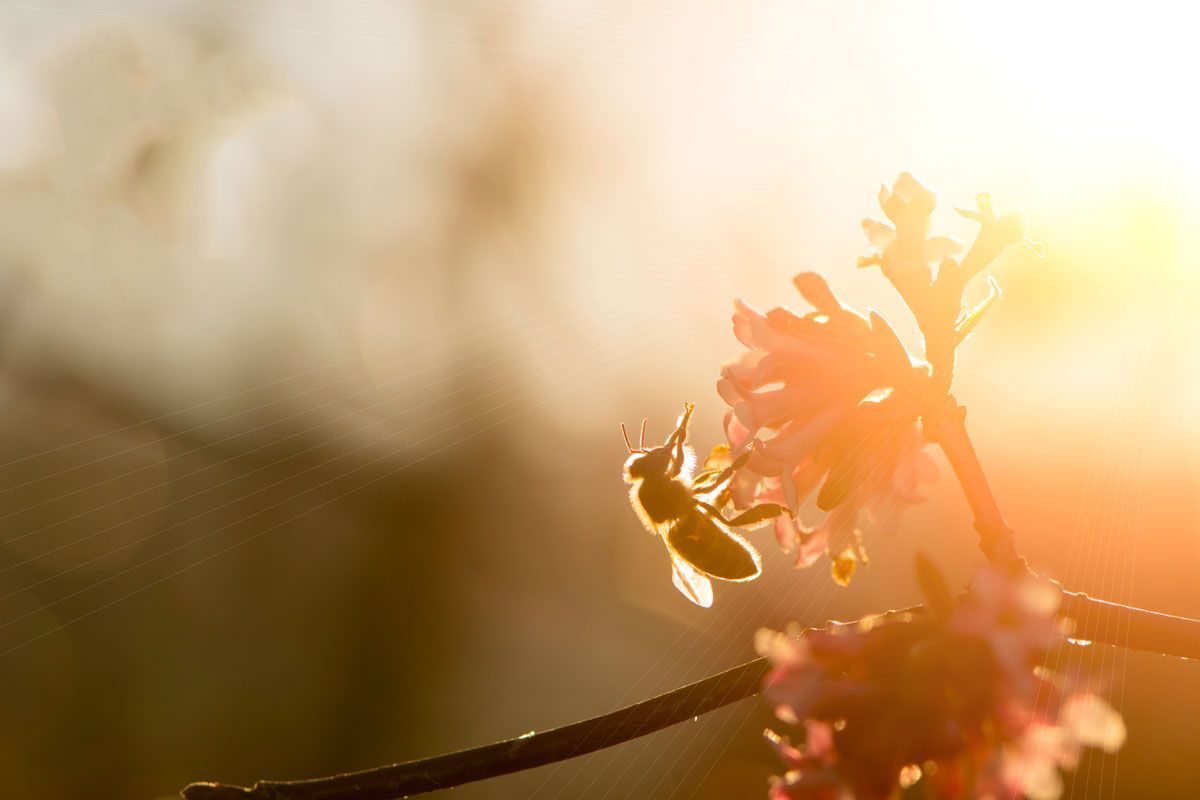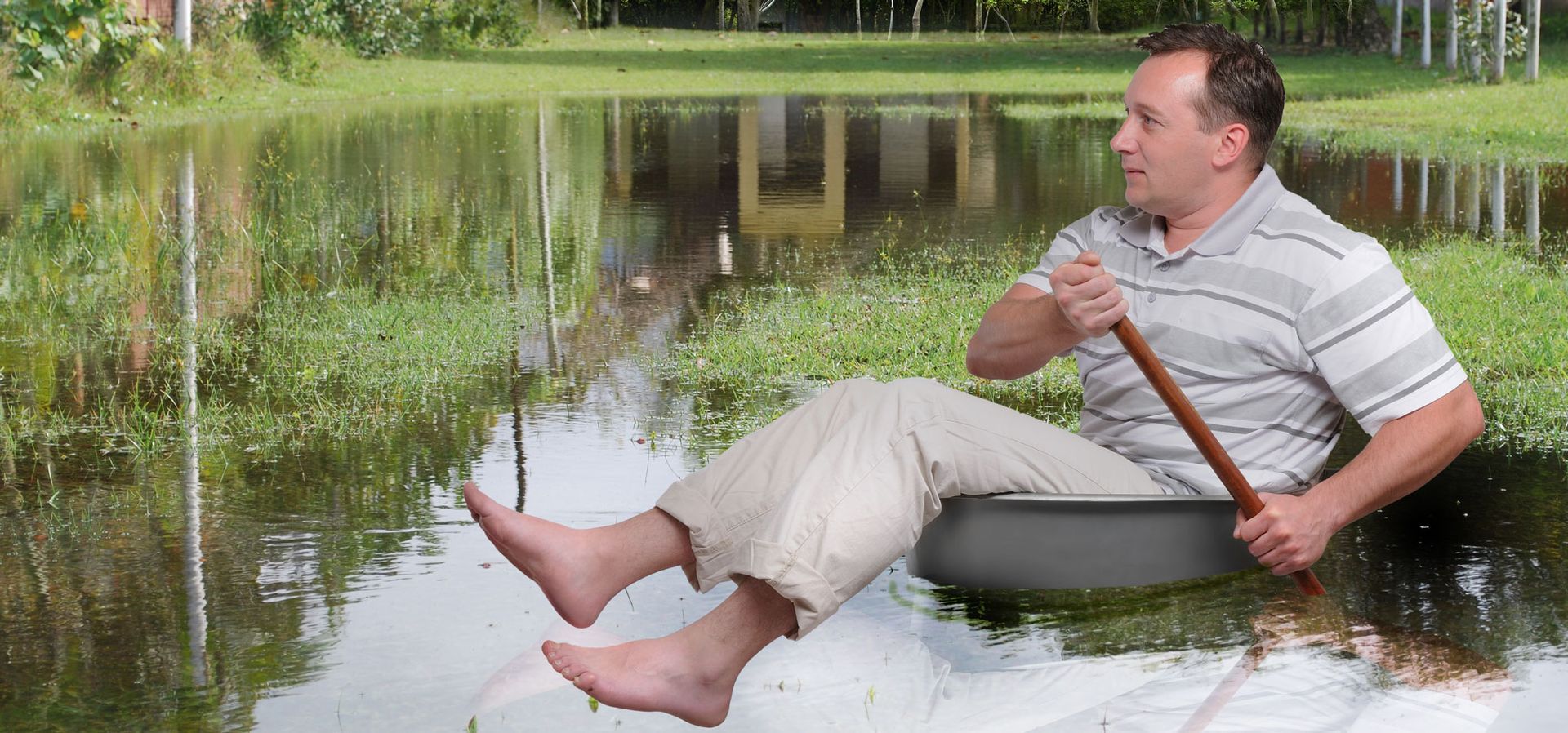3 Important Maintenance Items for Spring
April 18, 2018
Hello, Spring!
The days are growing longer and warmer. Spring is here! It’s the season for cleaning, home improvement projects, and cleaning and repairs. While you were still getting used to losing that extra hour of sleep, we were busy putting together maintenance tips for your home.
Remember, you can always check out our annual maintenance checklist for a quick guide to once a year projects. For more detailed instructions, keep it right here. Don’t delay! Take a look at this list and note what things you need to do this spring season.
1. Check on your Trees
Ensuring your trees are healthy and well rooted can prevent a lot of future hassles and insurance claims. Believe us, having a tree fall on the house is not a fun experience. Here are a few steps you can take to making sure that your trees are healthy and ready for another season of shade.
01 Junk on the trunk
Taking a look at your tree’s base is often a good indication of health. There are a couple things to watch out for. First, pay attention to decay or rot. A rotting tree trunk is usually a good sign that the tree has seen better days. Next, consider the amount of mushrooms or conks on the tree. Usually there isn’t a problem, but when combined with other issues, it’s a tell-tale sign of a dead tree.
02 Brown Collar
A tree’s collar is where the trunk and roots meet the soil surface. Pull back the grass and take a good look at the collar. Notice any bark that might be missing or falling off, as this could be a bad sign. Finally, consider large cracks that could allude to structural weakness.
03 It’s a bird, it’s a plane, its a tree branch!
Sometimes, all it takes is looking up. Is your tree overly barren when it should be sprouting? Are there tree limbs falling into your yard? Those are usually bad signs.
If you’re noticing any or a combination of these things, call your local arborist and have them run an inspection on the trees in your yard. They’ll let you know if the trees need to be removed or if you’re safe.
2. Cleaning your Gutters
Clogged gutters can lead to ruined flower beds, saturated foundations and water damage to your siding or even interior. All of this can be prevented by making sure that your gutters are clean and well maintained. Realistically, you should clean your gutters twice a year and after every big storm.
01 Hardware
We recommend wearing long sleeves and gloves. Often times when you’re dealing with metal, sharp edges can get the better of your skin. Above all else, protect yourself. Here are a few things that you might need to pick up to get the job done:
- Gutter Scoops
- High Pressure hose
- Extendable Ladder
- Tarp or plastic bag (optional)
02 Doing the Deed
If you’re trying to spare your lawn, be sure to have your plastic bag or tarp ready to capture the gunk you’re about to pull out. Stabilize your ladder, and put on your gloves. Once you’re up on the ladder, make sure you’re at a comfortable height, but can still see and reach the gutters. Using your gutter scoop, scrape out any debris and throw it down to the ground, or into your trash bag. Make sure you get dirt, sticks, leaves, and debris out of the gutter to allow water to flow along, down, and away from your home.
03 Clean Up
Once your gutters are cleaned out, take your hose and flush out any remaining dirt. Keep careful watch on the flow of the water, making sure that you can trace the water down and away from your home.
Remember to stay safe. If climbing ladders isn’t your thing, call a local contractor to do the job for you. Chances are, they can offer any repairs or improvements that you may not have an eye for.
3. Check for Pests
Once the days begin to warm up, be on the lookout for bees, ants, and other pests. Squirrels can be dangerous if they’re getting into your house. Raccoons can become aggressive and can lead to disease because of their fondness for trash. Bird droppings can cause serious damage to roofs and automobiles. So before any of these issues become a problem, nip it in the bud and contact your local pest control professional.
An especially dangerous pest for the spring time are termites. Termites are incredibly difficult to spot if you have other little issues in your home. If you aren’t sure, be sure to hire a pest control professional to inspect the home. Look for these 3 warnings signs if you think you have termites.
01 Discarded Wings
Termites have wings that they use to fly around from one colony to another. Once they’ve landed and establish a new colony, they shed their wings. What’s more, they will shed their wings in a single file line as the new termites enter their colony. You’re looking for a row or a line of small wings.
02 Mud Tubes
Termites need to live in very humid environment. The further North they get, the more likely they are to build mud tubes near foundations. This gives the termites a highway that’s humid enough to maneuver around your home. Mud tubes are pencil sized shafts (almost like small roots) that run up and down your foundation. A good way to identify if you have termites is to break the middle of one of those tubes. If termites pour out, that’s probably a bad sign. If they don’t, check back in a week or so to see if that tube has been rebuilt.
03 Wood Damage
Termites feed on wood and in the process, it weakens the structure of the wood; this is dangerous in homes for obvious reasons. It can be hard to spot because it’s often behind your wall. Look for small holes in your drywall, or wood damage outside, under, or above your home. If you think you might have termites, its best to take care of it as soon as possible. Termites cause billions of structural damage each year. Don’t be another victim.
Notable Mentions
Don’t consider this an exhaustive list, but we’ve compiled a few other things to check around your house when Spring rolls around. Be sure to inspect and replace if needed your…
- Smoke Alarm
- Carbon Monoxide Detectors
- Windows and Doors
- Garage Doors
- Dryer Vent
Additionally, it might be beneficial for you to contact a local professional and get them to inspect a few other big items around the house:
- HVAC
Your heating and air conditioning unit needs regular maintenance. Be sure to replace your air filters regularly and get a professional to perform a system diagnostic at the turn of the season.
- Mold and Mildew
With the wet season comes mold and mildew, especially around basements, attics, and other areas where water collects. Remember that mold and mildew can be the source of really nasty illnesses. Be on the lookout for this around the house.
- Roof inspection
Snow, sleet and heavy rains can cause a number on your roof. Remember that most roof jobs come with substantial warranties. Don’t be afraid to keep an eye on the roof and call your roofer if you think something could be wrong.

As the seasons change, so do the needs of your outdoor space. A thriving yard requires more than just sunlight and good soil – it demands a well-thought-out water management strategy. Effective drainage and irrigation are the true heroes of a lush and healthy landscape. From preventing water logging to ensuring your plants get just the right amount of hydration, a well-designed system can transform your yard into a vibrant oasis. In this blog, we will share insights on how you can elevate your yard game with efficient irrigation and drainage systems! The Components Ever wondered what goes into creating a top-notch irrigation and drainage system? From pipes and pumps to valves and sprinklers, there are many components that work together to keep your yard looking its best, no matter the weather. Irrigation System Components: Water Source Pipes and Tubing Backflow Preventer Valves Sprinklers or Drip Emitters Controllers/Timer Sensors Filters Pressure Regulators Fertilizer Injectors (optional) Drainage System Components: Surface Drains: French Drains: Catch Basins: Swales: Grading and Sloping: Subsurface Drains: Channel Drains: Stormwater Pits: Permeable Paving (optional): Vegetative Cover (optional): Common Components for Both Systems: Proper Design and Layout: Regular Maintenance Plan: Professional Installation: Smart Technology (optional): By carefully selecting and integrating these components, you can create an irrigation and drainage system that not only meets the unique needs of your landscape but also operates efficiently and promotes the health of your plants and soil. Tips for Success Planning your landscape with a focus on your yard's water needs is crucial for creating a sustainable and thriving outdoor space. Here are some tips to help you design a landscape that optimizes water usage and promotes the health of your plants: Site Analysis: Understand your yard's topography, soil type, and drainage patterns. Identify areas prone to waterlogging or poor drainage. Consider the amount of sunlight different areas receive throughout the day. Zoning: Divide your landscape into zones based on water requirements. Group plants with similar water needs together to streamline irrigation. Plant Selection: Choose native or drought-resistant plants that are well-suited to your climate. Consider the mature size of plants to avoid overcrowding and competition for water. Hydrozoning: Group plants with similar water needs in the same zone. Allocate more water to high-water-use zones and less to low-water-use zones. Microclimates: Identify microclimates within your yard, such as sunny or shaded areas. Adjust plant placement based on these microclimates to optimize sunlight and water usage. Efficient Turf Areas: Minimize the use of water-intensive turf. Consider alternative ground covers or low-water-use grass varieties. Soil Improvement: Amend your soil with organic matter to improve water retention. Ensure proper soil drainage to prevent waterlogging. Mulching: Apply mulch around plants to reduce evaporation, suppress weeds, and retain soil moisture. Use organic mulches like bark or compost. Smart Irrigation Design: Install a drip irrigation system for targeted watering, especially for flower beds and shrubs. Utilize rain sensors to prevent irrigation during rainy periods. Invest in a smart irrigation controller that adjusts watering schedules based on weather conditions. Watering Schedule: Establish a watering schedule based on the specific needs of your plants. Water during the early morning or late evening to minimize water loss due to evaporation. Rainwater Harvesting: Consider installing a rain barrel or rainwater harvesting system. Use collected rainwater for irrigation during dry periods. Grouping Plants by Water Needs: Cluster plants with similar water requirements together. This facilitates more precise watering and prevents overwatering or underwatering. Evaluate Existing Structures: Take into account existing structures, such as buildings and hardscapes, that may impact water distribution. Plan accordingly to avoid runoff or water accumulation in certain areas. Regular Monitoring: Regularly monitor the health of your plants and adjust watering practices accordingly. Be responsive to changes in weather patterns or environmental conditions. Mastering the flow of water in your landscape is an investment that pays off in the form of healthy plants, lush lawns, and a visually appealing outdoor space . By understanding the principles of drainage and irrigation , and implementing the right systems and practices, you can create an environment that thrives year-round and have the outdoor oasis you have been dreaming of!
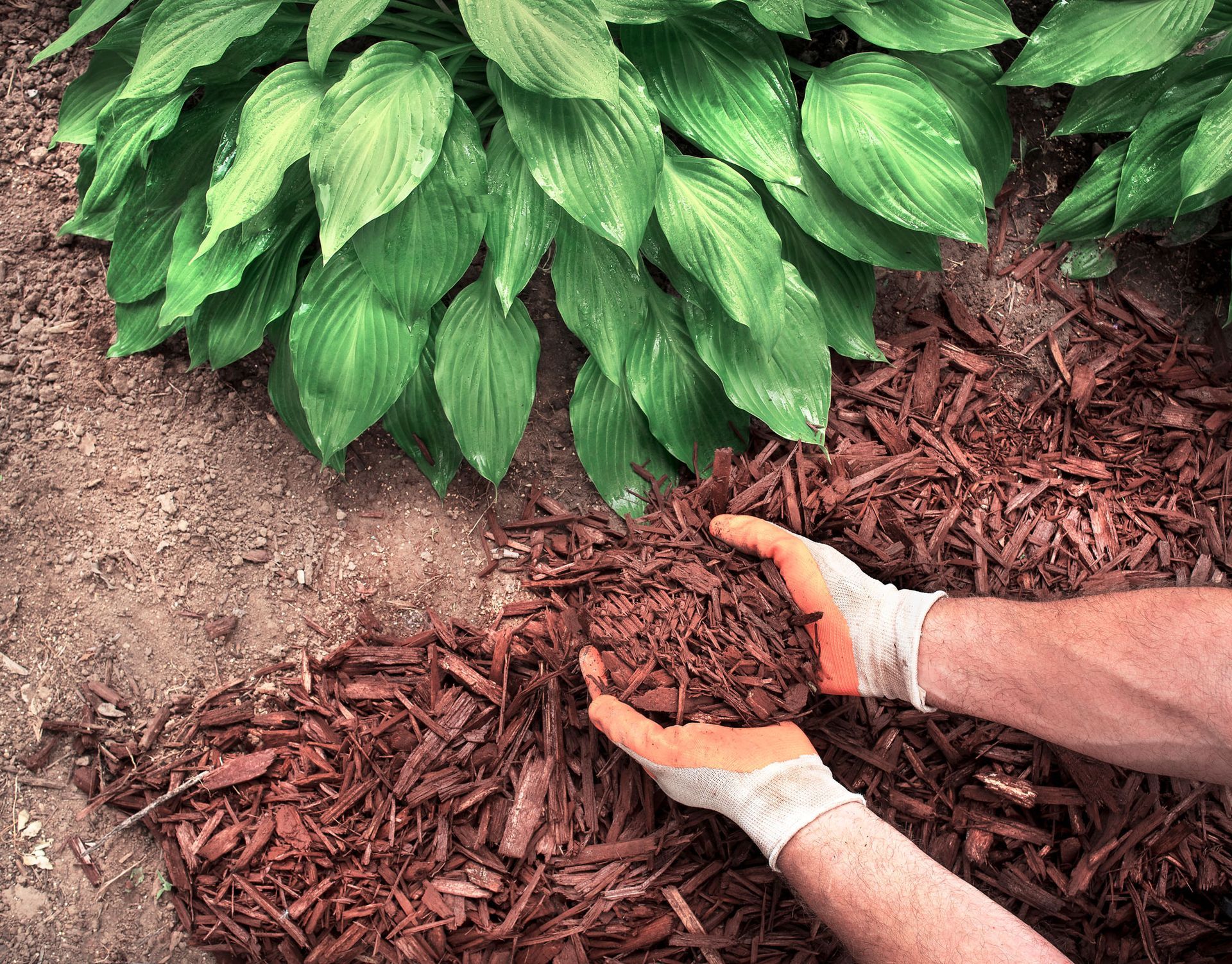
Embracing the Beauty of Fall Landscaping: Tips and Ideas The sweltering heat and humidity of our Virginia summer will soon give way to the crisp air of autumn. This is a fabulous time to shift your focus from poolside parties to the warmth and charm of fall landscapes. As the leaves change color and the foliage begins to fall, there is an exciting opportunity to transform your outdoor space into an inviting haven to enjoy throughout the cooler months to come. In this blog, we'll explore the art of fall landscaping, offering tips, ideas, and inspiration to help you make the most of this enchanting season. Celebrate Fall Colors Autumn in Virginia is renowned for its captivating spectrum of colors, ranging from fiery reds to golden yellows and rich oranges. Incorporating these hues into your landscaping can create a stunning visual display. Consider planting trees and shrubs that are known for their vibrant fall foliage, such as maple, oak, and dogwood. Mix and match these with evergreens for a striking contrast that maintains interest throughout the year. Pick the Right Plants We suggest choosing a mix of annuals and perennials that thrive in cooler temperatures. Chrysanthemums, asters, and pansies are classic choices that add bursts of color to your garden beds or containers. Create layers of height by combining tall grasses, medium-sized shrubs, and low ground covers. This arrangement not only adds depth to your landscape but also provides habitat and shelter for local wildlife. Get Down with Seasonal Decor Embrace the spirit of fall by incorporating pumpkins, gourds, and other seasonal decor into your landscaping. Arrange them near entryways, on steps, or even within flower beds. You can also get creative by painting or carving pumpkins to match your desired aesthetic, whether it's spooky Halloween or rustic harvest-themed. Hardscape Accents Rock Hardscape elements like stone pathways, wooden benches, and decorative fences can provide structure and visual interest to your fall landscape. Consider having a fire pit to extend outdoor gatherings into the cooler evenings, creating a cozy ambiance that's perfect for roasting marshmallows or sipping cider. Pruning and Cleanup As leaves begin to fall, routine maintenance becomes crucial. Regularly rake fallen leaves to prevent them from suffocating your lawn and garden beds. However, don't be too hasty to clear them all – fallen leaves can serve as a natural mulch, providing insulation and nutrients to the soil. Trim dead or overgrown branches from trees and shrubs to maintain a neat and tidy appearance. Light Up the Night With the days growing shorter, proper lighting can enhance the beauty of your fall landscape after dark. Soft, warm lighting can create an inviting atmosphere for evening strolls or gatherings. Consider using string lights, lanterns, and pathway lighting to illuminate key areas of your yard. Seasonal Edibles Why not integrate some seasonal edibles into your landscaping? Planting vegetables and herbs like kale, Swiss chard, and rosemary not only adds texture and variety but also provides fresh ingredients for your fall dishes. Whether you're an experienced gardener or a novice enthusiast, fall landscaping provides a canvas for creativity and a chance to connect with nature in a whole new way. You can either grab your rake, your pumpkin spice latte, and get ready to craft a fall landscape that will leave your neighbors and friends in awe or just give us a call and we can come help make it happen for you! We are here if you want to take advantage of creating an autumn oasis but need some professional help. Reach out for a free landscape assessment quote here .

